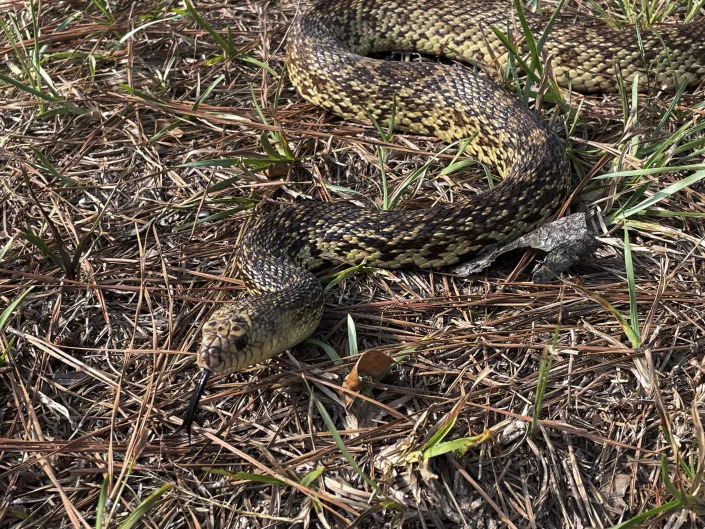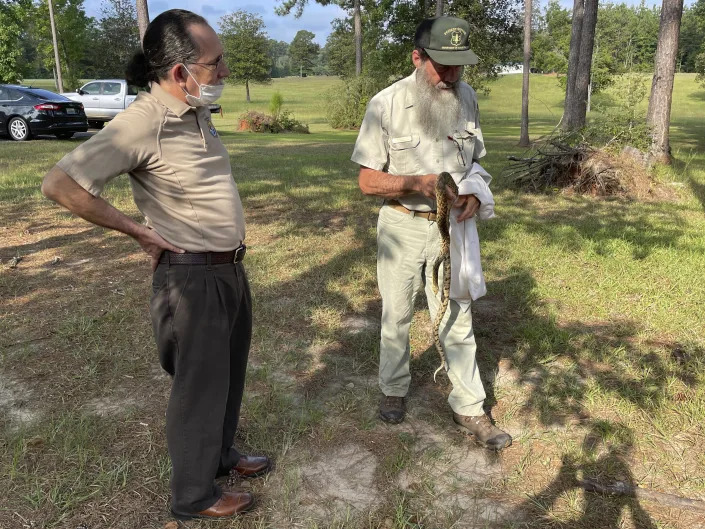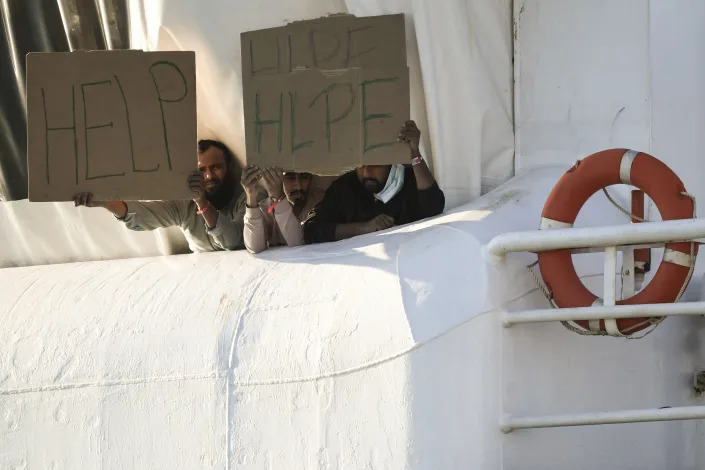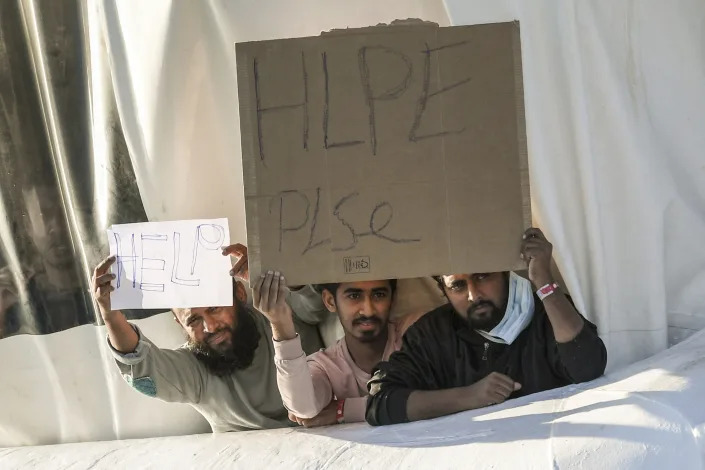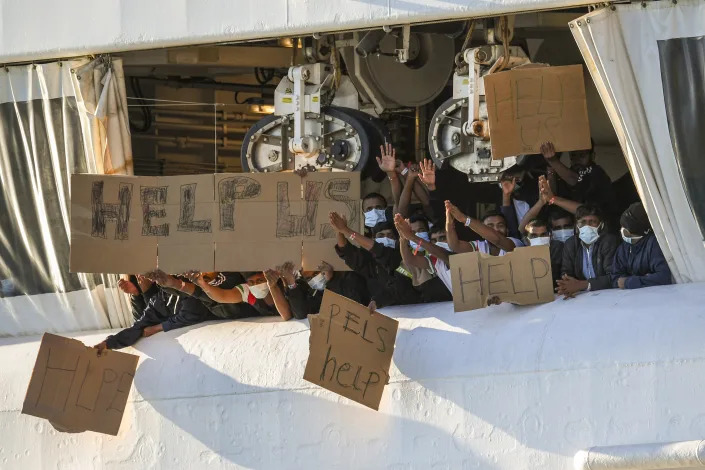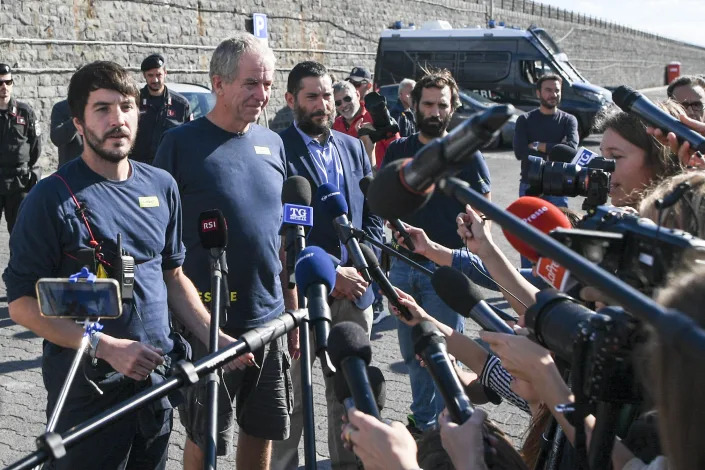Analysis reveals increasing addiction and intensity of e-cigarette use by US adolescents
The recently released 2022 National Youth Tobacco Survey data show that 2.55 million adolescents use e-cigarettes and 27.6% of adolescents use e-cigarettes daily.
Peer-Reviewed Publication- Among U.S. middle and high school students, e-cigarette initiation age dropped, and intensity of use and addiction increased between 2014 and 2021
- By 2019 more e-cigarette users were using their first tobacco product within 5 minutes of waking—an indicator of addiction—than for cigarettes and all other tobacco products combined
BOSTON – A new analysis published in JAMA Network Open by investigators at Massachusetts General Hospital (MGH) in collaboration with a retired UCSF professor reveals ongoing and worsening adolescent e-cigarette addiction in the United States.
In the analysis of data from the annual National Youth Tobacco Survey, a nationally-representative survey of middle and high school students in grades 6–12, researchers found that e-cigarette prevalence among youth peaked in 2019 then declined, but e-cigarette initiation age dropped between 2014 and 2021,and intensity of use and addiction increased after the introduction of protonated nicotine products
Protonated nicotine is created by adding acid to the e-cigarette liquid, which makes the nicotine easier to inhale. Since Juul pioneered protonated nicotine, it has been widely adopted by other e-cigarette companies.
Age at first use of e-cigarettes fell by 1.9 months per year, while age at first use of cigarettes, cigars, and smokeless tobacco did not change significantly. By 2017, e-cigarettes became the most common first tobacco product used.
E-cigarette nicotine addiction, measured as the odds of use within 5 minutes of waking, an indicator of addiction, increased over time. By 2019 more youth e-cigarette users were using their first tobacco product within 5 minutes of waking than for cigarettes and all other products combined. The percent of sole e-cigarette users who used e-cigarettes within 5 minutes of waking was around 1% through 2017, but then it increased every year, reaching 10.3% youth using their first e-cigarette within 5 minutes of waking by 2021.
Median e-cigarette use also increased from 3–5 days per month in 2014–2018 to 6–9 days per month in 2019–2020 and 10–19 days per month in 2021.
The recently released 2022 National Youth Tobacco Survey data show that 2.55 million adolescents use e-cigarettes and 27.6% of adolescents use e-cigarettes daily. The comparable numbers reported in this paper for 2021 were 2.1 million and 24.7%.
“The increasing intensity of use of modern e-cigarettes highlights the clinical need to address youth addiction to these new high nicotine products over the course of many clinical encounters,” says senior author Jonathan P. Winickoff, MD, MPH, a pediatrician at MGH and a professor of pediatrics at Harvard Medical School. First author Stanton A. Glantz, PhD, a retired UCSF professor of medicine, adds, “In addition, stronger regulation including state and local comprehensive bans on the sale of flavored tobacco products such as voting YES on Proposition 31 on California’s November ballot, should be implemented.”
Abra Jeffers, PhD, is an additional coauthor.
This work was supported in part by the National Cancer Institute.
About the Massachusetts General Hospital
Massachusetts General Hospital, founded in 1811, is the original and largest teaching hospital of Harvard Medical School. The Mass General Research Institute conducts the largest hospital-based research program in the nation, with annual research operations of more than $1 billion and comprises more than 9,500 researchers working across more than 30 institutes, centers and departments. In August 2022, Mass General was named #5 in the U.S. News & World Report list of "America’s Best Hospitals."
This work was supported in part by the National Cancer Institute.
JOURNAL
JAMA Network Open
METHOD OF RESEARCH
Data/statistical analysis
SUBJECT OF RESEARCH
People
ARTICLE TITLE
Nicotine Addiction and Intensity of e-Cigarette Use by Adolescents in the US, 2014 to 2021
ARTICLE PUBLICATION DATE
7-Nov-2022
Nicotine addiction, intensity of e-cigarette use by adolescents
JAMA Network Open
Peer-Reviewed PublicationAbout The Study: In this survey study of 151,000 students in grades 6 to 12, age at initiation of e-cigarette use decreased and intensity of use and addiction increased between 2014 and 2021. By 2019, more e-cigarette users were using their first tobacco product within 5 minutes of waking than users of cigarettes and all other tobacco products combined. These findings suggest that clinicians need to be ready to address youth addiction to these new highly addictive nicotine products during many clinical encounters, and stronger regulation is needed, including comprehensive bans on the sale of flavored tobacco products.
Authors: Jonathan P. Winickoff, M.D., M.P.H., of Massachusetts General Hospital for Children in Boston, is the corresponding author.
To access the embargoed study: Visit our For The Media website at this link https://media.jamanetwork.com/
(doi:10.1001/jamanetworkopen.2022.40671)
Editor’s Note: Please see the article for additional information, including other authors, author contributions and affiliations, conflict of interest and financial disclosures, and funding and support.
# # #
Embed this link to provide your readers free access to the full-text article This link will be live at the embargo time http://jamanetwork.com/journals/jamanetworkopen/fullarticle/10.1001/jamanetworkopen.2022.40671?utm_source=For_The_Media&utm_medium=referral&utm_campaign=ftm_links&utm_term=110722
About JAMA Network Open: JAMA Network Open is the new online-only open access general medical journal from the JAMA Network. On weekdays, the journal publishes peer-reviewed clinical research and commentary in more than 40 medical and health subject areas. Every article is free online from the day of publication.
JOURNAL
JAMA Network Open
High levels of sweet and fruit-flavour chemicals in ‘tobacco-flavoured’ e-cig liquids
Recent trend coincides with restrictions on sale of flavours likely to appeal to young people
Peer-Reviewed PublicationThere are now high levels of sweet and fruit-flavoured chemicals likely to appeal to young people in e-cigarette liquids ostensibly marketed as ‘tobacco-flavoured’, compared with a decade ago, finds research published today in a special supplement* of the journal Tobacco Control.
This recent trend coincides with the US Food and Drug Administration’s (FDA) ban on the sale of cartridge based flavoured e-cigarettes–with the exception of menthol and tobacco flavours–in a bid to limit their appeal to young people. And it suggests that manufacturers are managing to get round the regulations, say the researchers.
E-liquid formulations have been evolving rapidly over the past decade, and flavour chemicals are particularly important because young people like fruit, candy, and sweet flavours, say the researchers.
And disposable products, such as Puff, which are particularly popular with young people, aren’t covered by the FDA’s ban.
The researchers therefore wanted to find out if e-cigarettes marketed as ‘tobacco flavoured’ contained sweet and fruit flavour chemicals that would likely appeal to young people.
They drew on their extensive database (UCR/PSU Electronic Cigarette Data Collection) of e-liquid and aerosol flavour chemicals, acids, reaction products and metals, to identify any trends and changes in chemical composition and levels since 2010-11.
They compared the number and amount of flavour chemicals in 63 ‘tobacco-flavoured’ e-cigarette refill fluids purchased between 2011 and 2019 and 2 popular pod-style e-cigarette brands—JUUL and Puff.
Tobacco-flavoured products purchased in 2010 and 2011 had very few flavour chemicals, overall, the levels of which were generally very low.
Nearly two thirds (63%) of the refill fluids bought before 2019 had levels of flavour chemicals below 2 mg/ml, and most (84%) were below 5 mg/ml.
But the total number and level of flavour chemicals in ‘tobacco flavoured’ refill fluids purchased in 2019 and in Puff Bar Tobacco e-cigarettes, were higher than expected.
Among the 13 refill products bought in 2019, more than half (54%) had total flavour chemical levels above 10 mg/ml. Products with total flavour chemicals of more than 10 mg/ml contained 1 to 5 dominant flavour chemicals (each more than 1 mg/ml).
The 5 most frequently used flavour chemicals in ‘tobacco flavoured’ e-liquids were predominantly fruity and caramellic: ethyl maltol (sweet or caramel, 60%); corylone (caramellic, maple, 44%); menthol (33%); vanillin (25%), maltol and triacetin (fruity, creamy, 24%).
Nine sweet and fruit flavour chemicals, used mainly in products bought in 2016 and 2019, were at levels above 2 mg/ml.
JUUL has marketed two tobacco flavours, ‘Classic’ and ‘Virginia’. Total flavour chemical levels for both these products were below 0.35 mg/ml, while levels of the individual chemicals were, in most cases, equal to, or less than, 0.05 mg/ml.
Different flavour chemicals were used in the ‘Classic’ and ‘Virginia’ products, suggesting these were added intentionally to create distinct tastes for each product.
Puff ‘Tobacco’, on the other hand, had 27 different flavour chemicals adding up to a total of 34.3 mg/ml. Individual chemicals ranged from 0.03 to 15 mg/ml.
Four flavour chemicals (vanillin, ethyl maltol, ethyl vanillin and corylone), which were the highest (range 2.07–15 mg/ml), are typically used in sweet-flavoured e-cigarette products, such as Dewberry Cream, which is popular with young vapers, note the researchers.
For the dominant flavour chemicals found in both brands, levels of vanillin were 300 times higher in Puff than in JUUL, while ethyl maltol was 239 times higher, and corylone 41 times higher.
The total number of flavour chemicals used in Puff Bar Tobacco was greater than those found in nearly all (94%) the refill fluids evaluated.
“Concern has been raised previously about the safety of flavour chemicals when inhaled at these high concentrations,” point out the researchers.
“Although these particular flavours are Generally Regarded As Safe by the Flavor Extract Manufacturers Association (FEMA) for ingestion, FEMA has not evaluated them for inhalation toxicity.”
They conclude: “It is important for the FDA to identify and quantify flavour chemicals before authorising Premarket Tobacco Applications (PMTA) for two reasons.
“First, flavour chemicals are often used in e-liquids without safety data at concentrations much higher than those found in other consumer products. Second, our data show that e-cigarette manufacturers are manipulating e-liquid formulations apparently to circumvent flavour chemical regulations.”
JOURNAL
Tobacco Control
METHOD OF RESEARCH
Observational study
SUBJECT OF RESEARCH
People
ARTICLE TITLE
Ethyl maltol, vanillin, corylone and other conventional confectionery-related flavour chemicals dominate in some e-cigarette liquids labelled ‘tobacco’ flavoured
ARTICLE PUBLICATION DATE
3-Nov-2022










